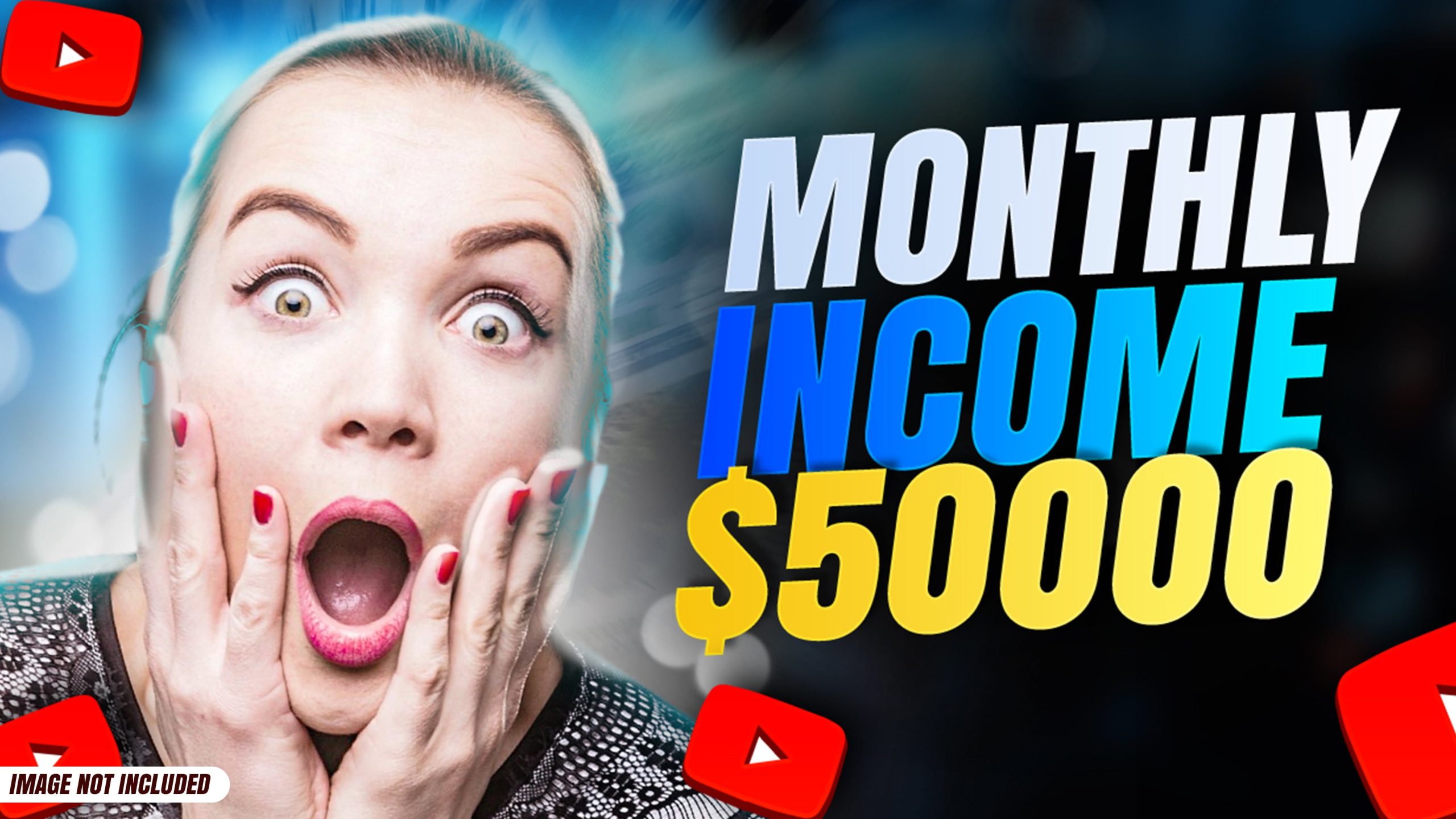
Earning money on YouTube is a dream for many aspiring content creators. While the platform offers various monetization avenues, understanding the intricacies of each can be crucial for maximizing your income.1 One aspect often misunderstood is “pay per view,” which, in the traditional sense, doesn’t directly apply to standard YouTube videos. This article breaks down the realities of YouTube earnings, focusing on the common misconceptions surrounding pay per view and exploring the actual methods creators use to generate revenue.
The Misconception of Pay Per View on YouTube
how much do youtubers make per view? The term “pay per view” typically refers to a model where viewers pay a fee to access specific content, like a boxing match or a special event.2 Standard YouTube videos, however, are generally free for viewers to watch. There isn’t a system where viewers directly pay YouTube or creators for each view. Therefore, the idea of earning directly based on “pay per view” in the traditional sense is a misconception when it comes to regular YouTube content.
How YouTube Creators Actually Earn Money
While pay per view isn’t the model for regular videos, YouTube creators can monetize their content through several other methods:3
-
YouTube Partner Program (YPP) and Ad Revenue: This is the most common way creators earn. Once a channel meets specific eligibility requirements (1,000 subscribers and 4,000 valid watch hours in the past 12 months), they can apply to the YPP.4 Upon acceptance, creators can enable monetization on their videos, allowing ads to be displayed.5 Revenue is generated based on ad views and clicks, with YouTube taking a cut and the creator receiving the rest.6 This is often referred to as “ad revenue” and is the closest equivalent to a per-view earning model, although it’s tied to ad engagement, not just views.
-
Channel Memberships: Creators can offer channel memberships to their viewers for a recurring monthly fee.7 Members receive exclusive perks like badges, emojis, and access to members-only content.8 This creates a more direct revenue stream from dedicated fans.
-
Super Chat and Super Stickers: During live streams, viewers can purchase Super Chat messages, which are highlighted in the chat, or Super Stickers, which are special animated emojis.9 This allows fans to support their favorite creators directly and get their messages noticed.
-
Merchandise Shelf: Eligible creators can showcase their official merchandise directly on their YouTube channel and video pages.10 This allows fans to easily purchase products related to the channel, providing another revenue stream for the creator.
-
YouTube Premium Revenue: YouTube Premium subscribers pay a monthly fee for ad-free viewing and access to YouTube Originals content.11 Creators earn a portion of the revenue generated from Premium subscribers who watch their content, even though those viewers don’t see ads.12
-
Sponsorships and Brand Deals: Once a channel gains a significant following, creators can partner with brands to create sponsored content.13 This could involve integrating a product into a video, creating a dedicated sponsored video, or featuring a brand in a live stream. These deals are often negotiated directly between the creator and the brand.
-
Affiliate Marketing: Creators can also earn money through affiliate marketing by including affiliate links in their video descriptions.14 When viewers click on these links and make a purchase, the creator earns a commission.
Breaking Down Ad Revenue (The Closest Thing to “Pay Per View” on YouTube)
Since ad revenue is the most common form of YouTube income, it’s worth exploring in more detail. Several factors influence how much a creator earns from ads:
-
Cost Per Mille (CPM): CPM represents the amount advertisers pay for 1,000 ad impressions.15 This varies depending on factors like the niche, audience demographics, and ad format.
-
Cost Per Click (CPC): CPC represents the amount advertisers pay for each click on their ad. This is less common than CPM for YouTube video ads.16
-
View Through Rate (VTR): VTR measures how much of an ad viewers actually watch.17 Advertisers often pay only for ads that are viewed for a certain percentage of their duration.18
-
Ad Engagement: Clicks and other forms of engagement with ads also contribute to revenue.19
-
Ad Placement and Formats: The type and placement of ads on a video (e.g., skippable in-stream ads, non-skippable ads, banner ads) can affect revenue.
-
Audience Demographics: Advertisers are often willing to pay more to reach specific demographics, which can influence a creator’s CPM.20
Building a Successful YouTube Channel for Monetization
Earning a substantial income on YouTube takes time, effort, and dedication. Here are some essential tips for building a successful channel:
-
Create High-Quality Content: The foundation of any successful channel is engaging and valuable content that resonates with your target audience.
-
Be Consistent: Regularly uploading new videos keeps your audience engaged and coming back for more.
-
Promote Your Channel: Share your videos on other social media platforms and engage with your viewers to build a community.
-
Understand Your Audience: Pay attention to analytics to understand what your audience likes and tailor your content accordingly.
-
Stay Updated: Keep up with the latest trends and changes on YouTube to adapt your strategy.
Conclusion: Beyond the Myth of Pay Per View
While the concept of “pay per view” doesn’t directly apply to standard YouTube videos, creators have several other viable monetization options. Understanding these different methods, particularly the nuances of ad revenue, is crucial for building a successful YouTube channel and generating income. By focusing on creating high-quality content, engaging with your audience, and staying adaptable, you can increase your chances of earning money on YouTube.





Leave a Reply